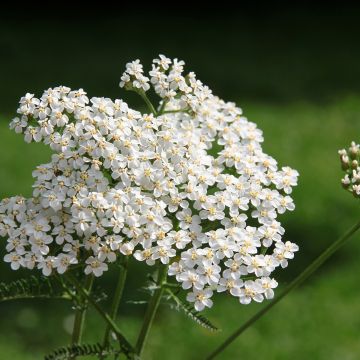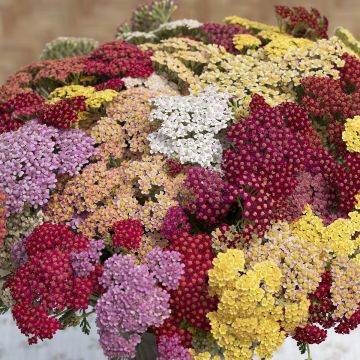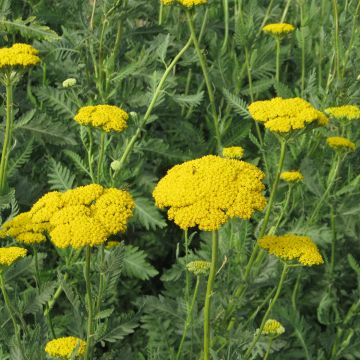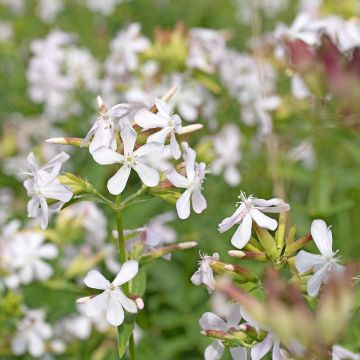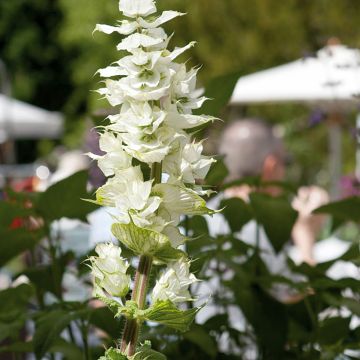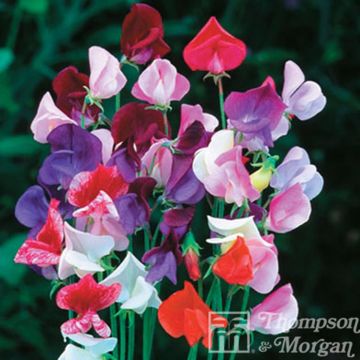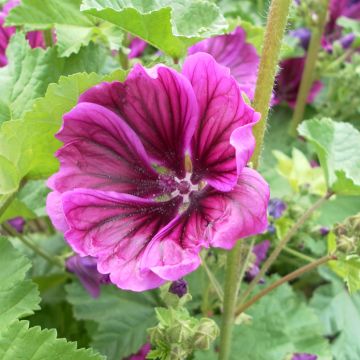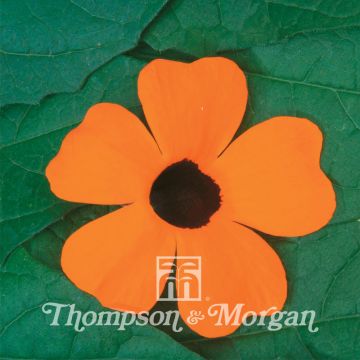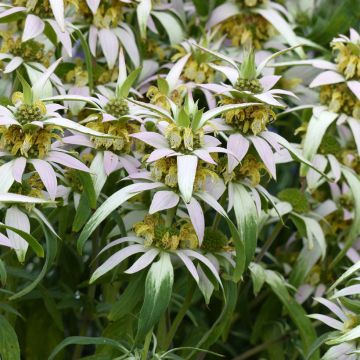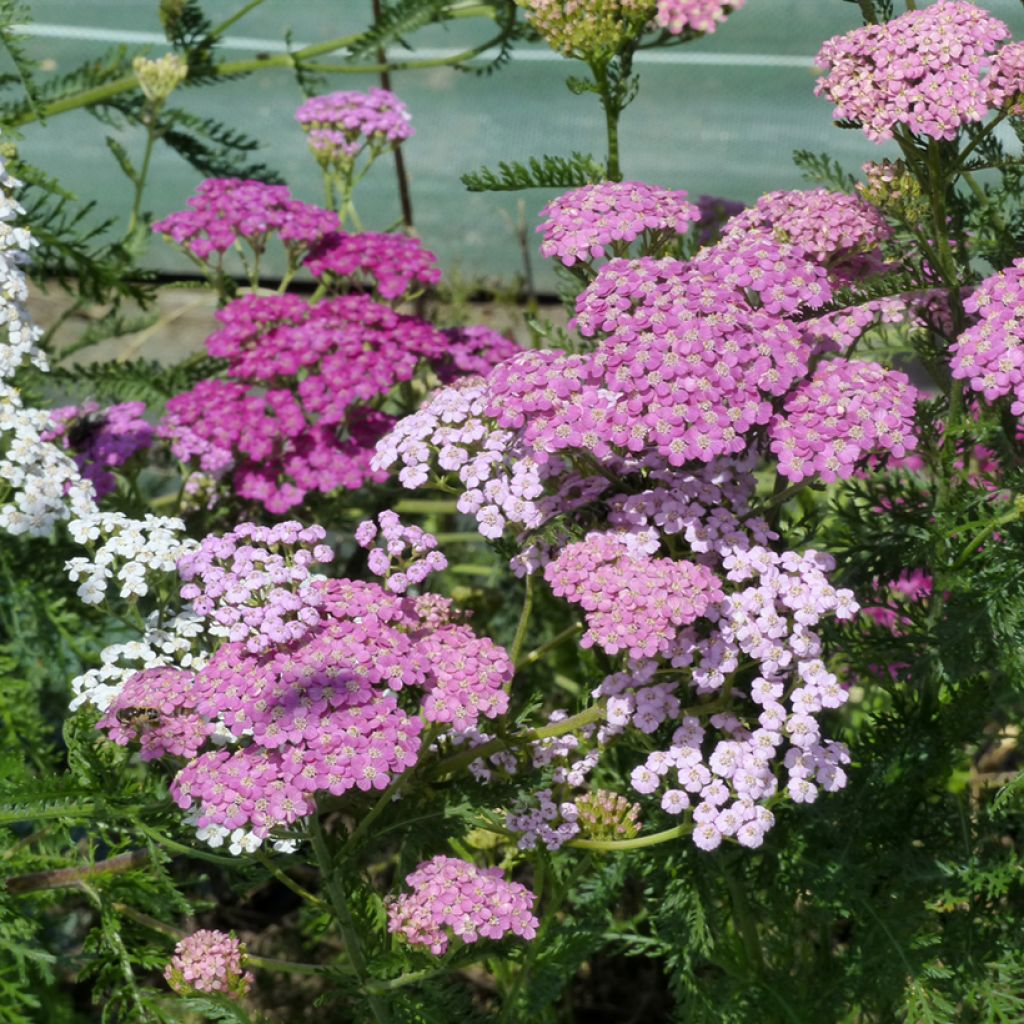

Achillea millefolium Cerise Queen seeds
Achillea millefolium Cerise Queen seeds
Achillea millefolium Cerise Queen
Common Yarrow, Milfoil, Thousand-leaf, Nosebleed plant
This item cannot be shipped to the selected country
Dispatch by letter from €3.90
More information
Schedule delivery date,
and select date in basket
This plant carries a 6 months recovery warranty
More information
We guarantee the quality of our plants for a full growing cycle, and will replace at our expense any plant that fails to recover under normal climatic and planting conditions.
Seed-only orders are dispatched by sealed envelope. The delivery charge for seed-only orders is €3.90.
Does this plant fit my garden?
Set up your Plantfit profile →
Description
Achillea millefolium 'Cerise Queen' is a very beautiful variety of Yarrow. It is a resilient perennial plant known for its large cherry pink flowers and its dark green feathery foliage. It is appreciated in summer borders, flower beds, and bouquets. With generous and prolonged flowering, easy to grow in all regions, this rewarding variety requires little care.
Yarrow 'Cerise Queen' belongs to the Asteraceae family, a family rich in ornamental plants. The white-flowered species is native to Europe and Asia Minor. The perennial variety 'Cerise Queen' forms a rounded and vigorous clump reaching about 60 cm in height when flowering. It has a light habit, with channelled, hairy stems carrying flattened corymbs, measuring about 10 cm in diameter. The flowering period, exceptionally lasting from June to October, consists of flower heads with ligulate peripheral florets, initially purplish pink, turning bright pink at maturity. The finely divided foliage is dark green, almost greyish, with a matte and feathery appearance. This plant, spreading by stolons, can cover more than 50 cm, thus colonising large areas. It has semi-evergreen foliage. It is aromatic and releases a fragrance typical of many yarrow varieties when crushed.
Yarrow 'Cerise Queen' is a versatile plant suitable for various garden uses. It fits well in a rockery, on a slope, or as a border plant, helping to prevent erosion due to its stoloniferous growth. It also works well as a ground cover, effectively replacing grass in less frequented areas. This perennial complements blue shrubby sages, 'Richard Gray' Lavender, 'Kit Cat' Catnip, and hairy thyme, sharing similar soil and exposure requirements. Yarrow flowers, picked before full maturity, are perfect for creating rustic bouquets.
Report an error about the product description
Flowering
Foliage
Plant habit
Botanical data
Achillea
millefolium
Cerise Queen
Asteraceae
Common Yarrow, Milfoil, Thousand-leaf, Nosebleed plant
Cultivar or hybrid
Other Achillea seeds
Planting and care
Sow Achillea millefolium 'Cerise Queen' seeds from February to June or from September to October on the surface of good soil and cover the seeds with a thin layer of vermiculite or compost. Place in a propagator at a temperature of 15-24°C or enclose the seed tray in a polythene bag until germination, which usually takes 1 to 3 weeks. Keep in the light as this aids germination.
When the seedlings are large enough to handle, transplant them into 8 cm pots and grow them in cooler conditions. Once the plants are well established and all risk of frost has passed, gradually acclimatise the plants to outdoor conditions for 10 to 15 days before planting them outside. Plant the seedlings at a distance of 60 cm in full sun, in any well-drained soil. September sowings can overwinter under a cold frame and be moved outside the following spring.
Plant Achillea millefolium in any soil, even chalky, dry or moist, but well-drained. It even adapts to clay soils if they are healthy and enriched with compost. It will grow in partial shade but prefers full sun. In cooler climates, planting can be done all year round. In regions with hot, dry summers, it is best to plant in September-October so that the plant can establish well during autumn and winter to face the following summer. It is advisable to cut back all vegetation at the end of the season to promote the growth of new shoots in spring.
Sowing period
Intended location
This item has not been reviewed yet - be the first to leave a review about it.
Flower seeds
Haven't found what you were looking for?
Hardiness is the lowest winter temperature a plant can endure without suffering serious damage or even dying. However, hardiness is affected by location (a sheltered area, such as a patio), protection (winter cover) and soil type (hardiness is improved by well-drained soil).

Photo Sharing Terms & Conditions
In order to encourage gardeners to interact and share their experiences, Promesse de fleurs offers various media enabling content to be uploaded onto its Site - in particular via the ‘Photo sharing’ module.
The User agrees to refrain from:
- Posting any content that is illegal, prejudicial, insulting, racist, inciteful to hatred, revisionist, contrary to public decency, that infringes on privacy or on the privacy rights of third parties, in particular the publicity rights of persons and goods, intellectual property rights, or the right to privacy.
- Submitting content on behalf of a third party;
- Impersonate the identity of a third party and/or publish any personal information about a third party;
In general, the User undertakes to refrain from any unethical behaviour.
All Content (in particular text, comments, files, images, photos, videos, creative works, etc.), which may be subject to property or intellectual property rights, image or other private rights, shall remain the property of the User, subject to the limited rights granted by the terms of the licence granted by Promesse de fleurs as stated below. Users are at liberty to publish or not to publish such Content on the Site, notably via the ‘Photo Sharing’ facility, and accept that this Content shall be made public and freely accessible, notably on the Internet.
Users further acknowledge, undertake to have ,and guarantee that they hold all necessary rights and permissions to publish such material on the Site, in particular with regard to the legislation in force pertaining to any privacy, property, intellectual property, image, or contractual rights, or rights of any other nature. By publishing such Content on the Site, Users acknowledge accepting full liability as publishers of the Content within the meaning of the law, and grant Promesse de fleurs, free of charge, an inclusive, worldwide licence for the said Content for the entire duration of its publication, including all reproduction, representation, up/downloading, displaying, performing, transmission, and storage rights.
Users also grant permission for their name to be linked to the Content and accept that this link may not always be made available.
By engaging in posting material, Users consent to their Content becoming automatically accessible on the Internet, in particular on other sites and/or blogs and/or web pages of the Promesse de fleurs site, including in particular social pages and the Promesse de fleurs catalogue.
Users may secure the removal of entrusted content free of charge by issuing a simple request via our contact form.
The flowering period indicated on our website applies to countries and regions located in USDA zone 8 (France, the United Kingdom, Ireland, the Netherlands, etc.)
It will vary according to where you live:
- In zones 9 to 10 (Italy, Spain, Greece, etc.), flowering will occur about 2 to 4 weeks earlier.
- In zones 6 to 7 (Germany, Poland, Slovenia, and lower mountainous regions), flowering will be delayed by 2 to 3 weeks.
- In zone 5 (Central Europe, Scandinavia), blooming will be delayed by 3 to 5 weeks.
In temperate climates, pruning of spring-flowering shrubs (forsythia, spireas, etc.) should be done just after flowering.
Pruning of summer-flowering shrubs (Indian Lilac, Perovskia, etc.) can be done in winter or spring.
In cold regions as well as with frost-sensitive plants, avoid pruning too early when severe frosts may still occur.
The planting period indicated on our website applies to countries and regions located in USDA zone 8 (France, United Kingdom, Ireland, Netherlands).
It will vary according to where you live:
- In Mediterranean zones (Marseille, Madrid, Milan, etc.), autumn and winter are the best planting periods.
- In continental zones (Strasbourg, Munich, Vienna, etc.), delay planting by 2 to 3 weeks in spring and bring it forward by 2 to 4 weeks in autumn.
- In mountainous regions (the Alps, Pyrenees, Carpathians, etc.), it is best to plant in late spring (May-June) or late summer (August-September).
The harvesting period indicated on our website applies to countries and regions in USDA zone 8 (France, England, Ireland, the Netherlands).
In colder areas (Scandinavia, Poland, Austria...) fruit and vegetable harvests are likely to be delayed by 3-4 weeks.
In warmer areas (Italy, Spain, Greece, etc.), harvesting will probably take place earlier, depending on weather conditions.
The sowing periods indicated on our website apply to countries and regions within USDA Zone 8 (France, UK, Ireland, Netherlands).
In colder areas (Scandinavia, Poland, Austria...), delay any outdoor sowing by 3-4 weeks, or sow under glass.
In warmer climes (Italy, Spain, Greece, etc.), bring outdoor sowing forward by a few weeks.

































